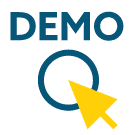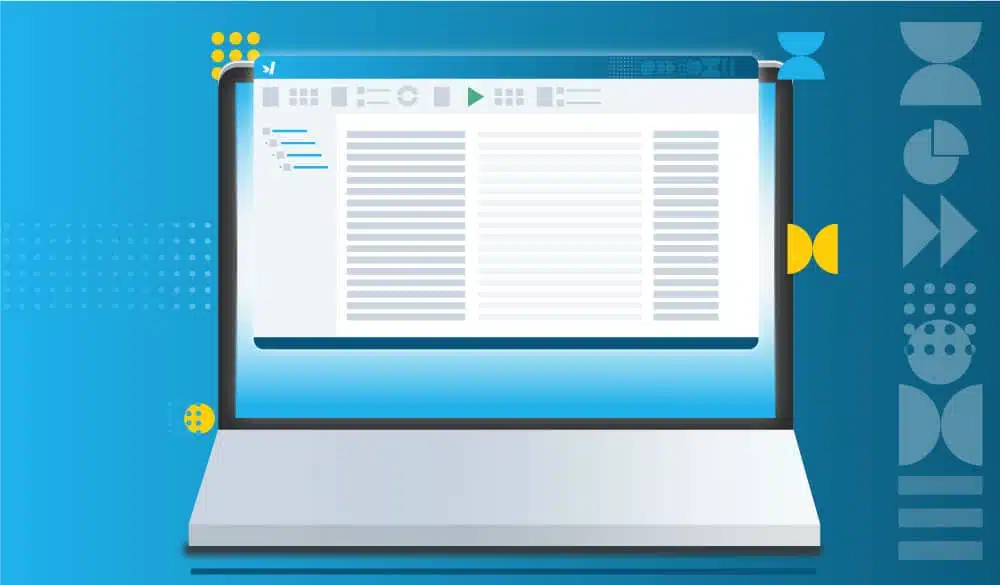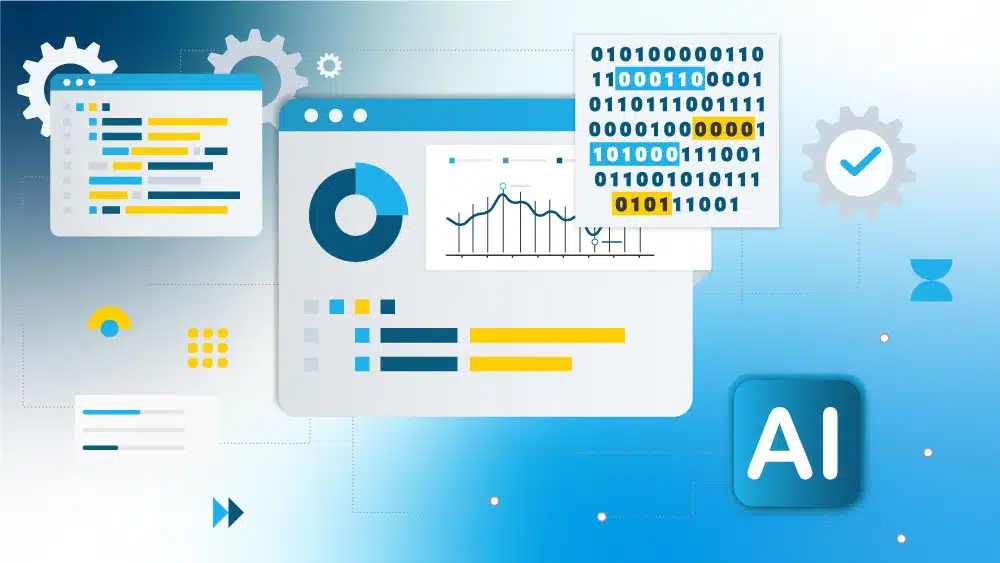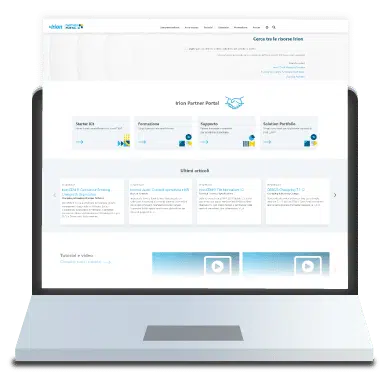Requirements
Understanding informational assets to improve communication within the company and increase business value
Organizing Today’s and Tomorrow’s Information
Flexible and dynamic governance model to easily expand perimeters and scopes over time
Metadata repository, Business Glossary, Data Dictionary and Data Governance & Quality system natively integrated
Collaborative environment capable of supporting change management processes in an engineered way
Metadata repository, Business Glossary, Data Dictionary and Data Governance & Quality system natively integrated
Collaborative environment capable of supporting change management processes in an engineered way
Reduce ambiguities and increase data reliability
Multi legal entity system with segregation of data access profiles down to the single attribute level
Graphical navigation of the metadata and data model via specific WEB interface to understand and explore the behavior of business information
Model and data history management, KPI (key performance indicator) calculation engines and dedicated dashboards
Graphical navigation of the metadata and data model via specific WEB interface to understand and explore the behavior of business information
Model and data history management, KPI (key performance indicator) calculation engines and dedicated dashboards
Continuous updating and alignment
Metadata driven approach ensures constant alignment between the operation of data management solutions and the metadata describing it
Massive and automatic upload of technical metadata from target systems including Big Data leveraging the potential of the many connectors built into the platform
Integrated view of Business metadata and metadata used to drive the operation of Data Management engines
Massive and automatic upload of technical metadata from target systems including Big Data leveraging the potential of the many connectors built into the platform
Integrated view of Business metadata and metadata used to drive the operation of Data Management engines
Solution
Capabilities
Some of the Irion EDM features used:
Semantic Knowledge Graph
Data Governance by Design
Metadata Driven Data Management
Service Oriented Data Governance
Semantic Knowledge Graph
Data Governance by Design
Metadata Driven Data Management
Service Oriented Data Governance
Results obtained
Organized and regulated classification of business information
Common, constantly updated glossary in line with organizational developments
Shared interpretation of Business Entity semantics and ontology
Flexible governance model to nimbly expand the scope to new domains/services
Comprehensive view of the data lifecycle: data lineage and impact analysis
Historization mechanism that meets regulatory compliance needs
System for risk monitoring and preventive impact verification
Common, constantly updated glossary in line with organizational developments
Shared interpretation of Business Entity semantics and ontology
Flexible governance model to nimbly expand the scope to new domains/services
Comprehensive view of the data lifecycle: data lineage and impact analysis
Historization mechanism that meets regulatory compliance needs
System for risk monitoring and preventive impact verification
Challenges
Quickly obtain a ready-to-use glossary
Better relationships
Facilitate understanding between Business and IT department
Continuous alignment
Keep up with business changes
Credibility and productivity
Increase data reliability and the practical ability to use it
Start extracting value from your data today

Request a demo
See for yourself how Irion EDM® can help you use your data competitively.

Contact us
Explore a world of opportunities and solutions with Irion EDM®. Contact us now to transform your experience.

Video tutorial
Watch our video tutorials to learn about the main features and capabilities of Irion EDM®











